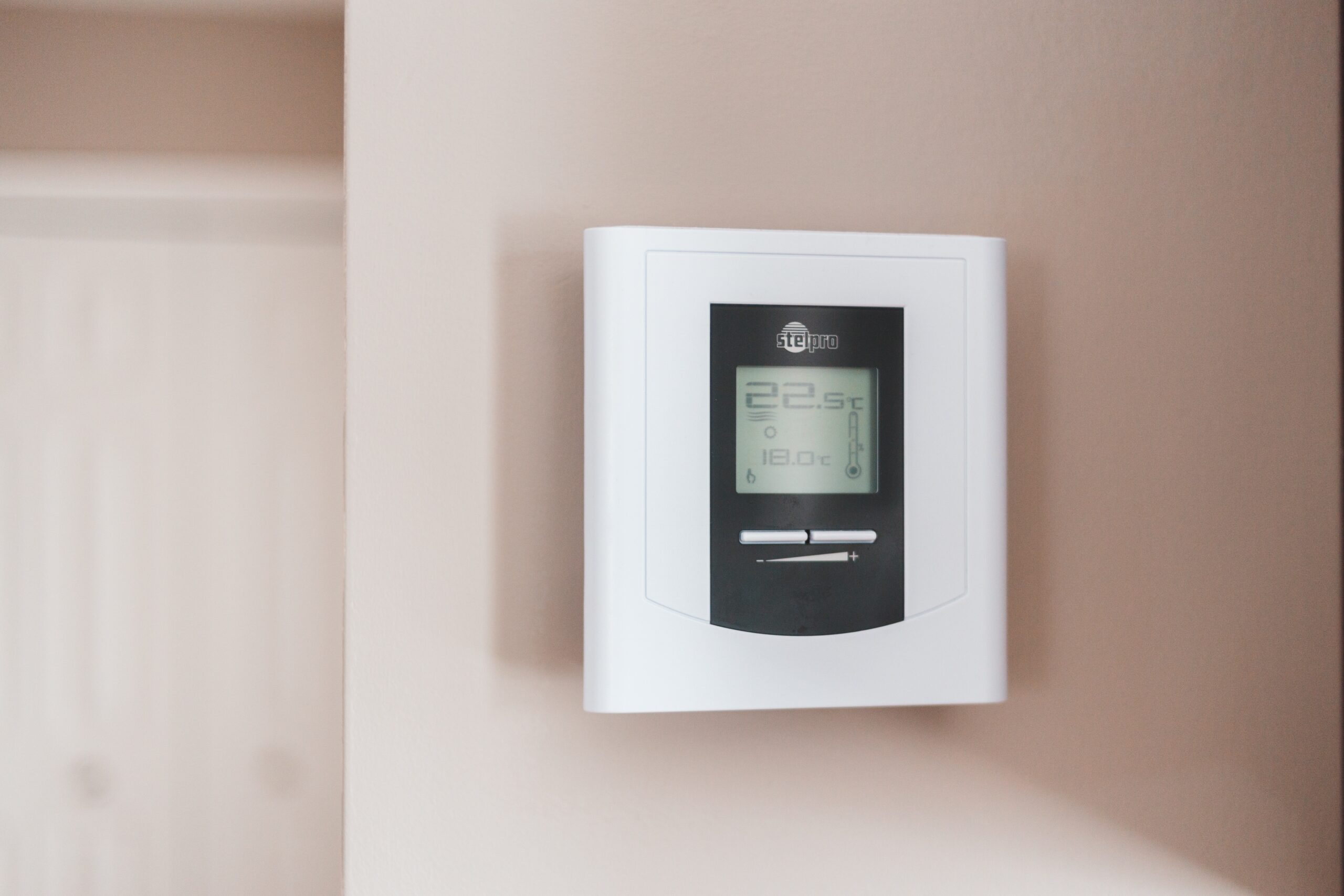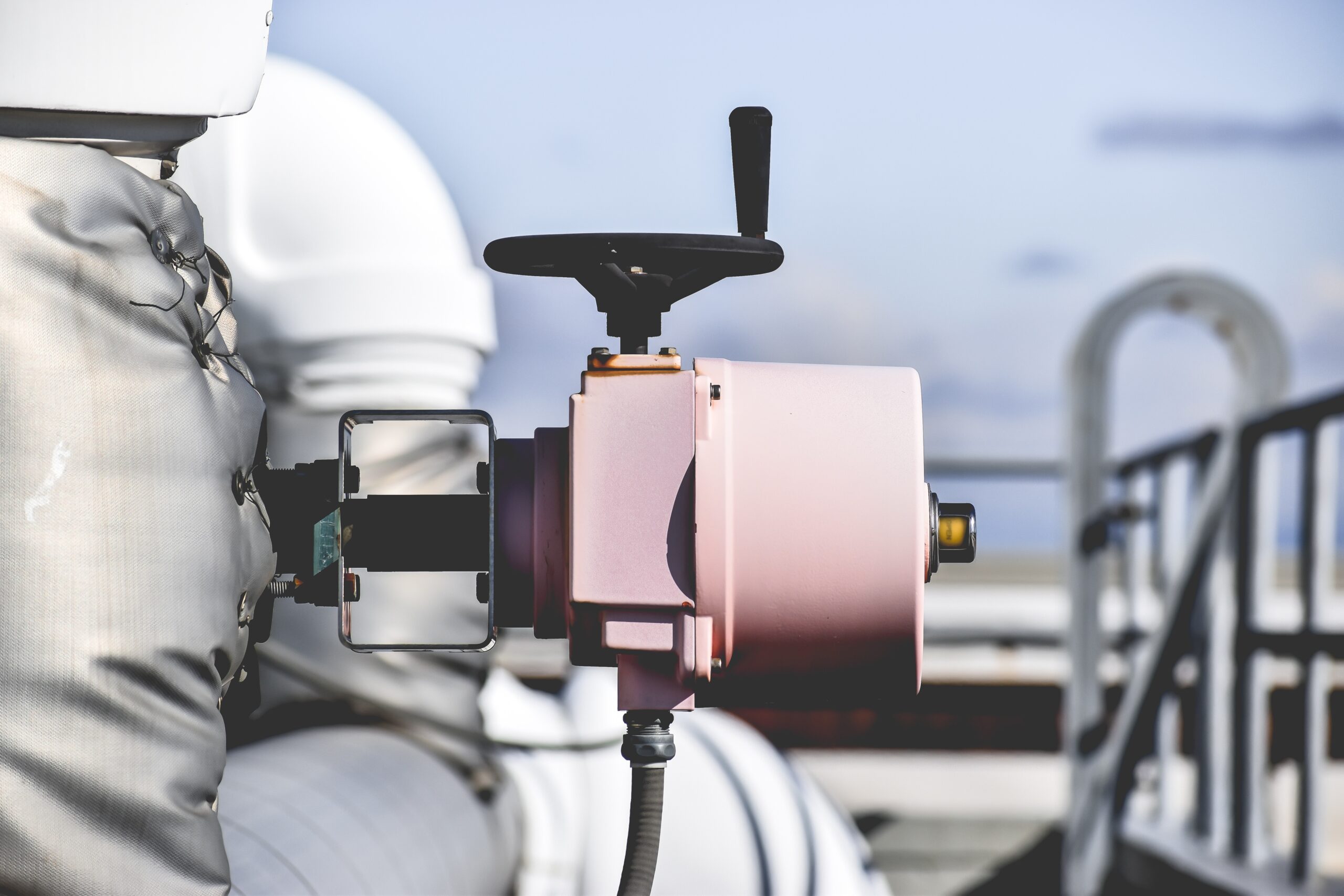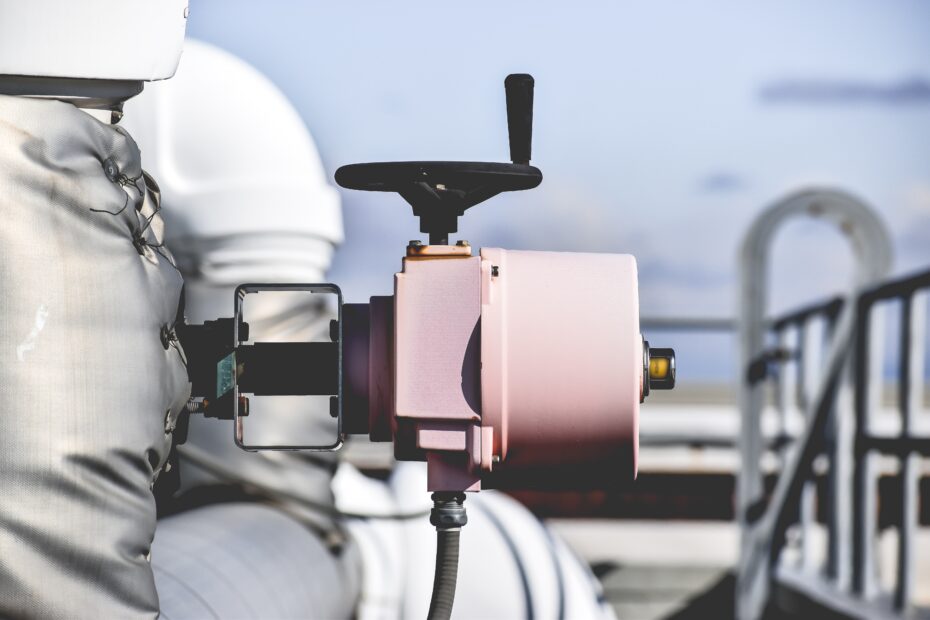







If you’re frequently experiencing overheating issues with your laptop, you may be wondering if purchasing a laptop cooler pad is the solution. With technology advancing at a rapid pace, laptops are becoming more powerful and compact, making it harder for them to dissipate heat efficiently. This article explores whether investing in a laptop cooler pad can effectively address heat issues and improve your laptop’s performance.
Understanding Laptop Overheating
What makes a laptop overheat?
Laptops can overheat due to a variety of reasons. One common culprit is a lack of proper airflow within the device. When the internal fans and vents get blocked or clogged with dust and debris, the laptop’s cooling mechanism becomes less efficient, leading to overheating. Another factor that contributes to laptop overheating is excessive usage, such as running resource-intensive applications for extended periods. Additionally, if the laptop is placed on surfaces that restrict airflow, such as a soft bed or pillow, it can trap heat and cause the device to overheat.
Signs that your laptop is overheating
It’s essential to recognize the signs of laptop overheating to take necessary action promptly. One noticeable indicator is the sudden increase in fan noise. If you find that your laptop’s fan is consistently running at high speeds, it could be an indication of overheating. Another common symptom is a noticeable decrease in performance. When the laptop’s temperature rises, the processor may throttle back its speed to reduce heat production, resulting in slower performance. You may also experience random shutdowns or blue screen errors, as overheating can trigger thermal protection mechanisms in the laptop.
The impact of overheating on laptop performance and lifespan
Overheating can have severe consequences on both the performance and lifespan of your laptop. When a laptop exceeds its optimal temperature range, its components, particularly the CPU and GPU, can experience thermal stress. This stress can lead to the degradation of these components over time, resulting in a decrease in performance and potential hardware failures. Consistently running a laptop at high temperatures may also shorten its overall lifespan. Therefore, it’s crucial to address overheating issues promptly to ensure the longevity and optimal functioning of your laptop.
The Role of Laptop Cooling Systems
How inbuilt cooling systems in laptops work
Laptops are equipped with inbuilt cooling systems, typically consisting of internal fans and heat sinks. These cooling systems work together to dissipate the heat generated by the laptop’s components. When the laptop is in use, the internal fans draw in cool air from the surroundings and direct it over the heat sinks, which are in direct contact with the CPU and GPU. The heated air is then expelled through exhaust vents, effectively cooling down the components. This continuous circulation of air helps regulate the temperature inside the laptop.
The efficiency of inbuilt laptop cooling systems
Inbuilt laptop cooling systems are designed to handle normal usage and provide adequate cooling for most situations. However, their efficiency can be compromised when the laptop is subjected to intense tasks or placed in environments with poor ventilation. Additionally, over time, dust and debris can accumulate inside the laptop, hindering the proper functioning of the cooling system. As a result, the heat dissipation capability of the inbuilt cooling system may decrease, leading to higher temperatures and potential overheating issues.
When inbuilt cooling systems aren’t enough
In certain cases, the inbuilt cooling system may not be sufficient to handle the heat generated by resource-intensive applications or high-performance tasks. Gaming laptops, for example, often have powerful processors and dedicated graphics cards that generate a significant amount of heat. To combat this, laptop manufacturers may incorporate additional cooling measures, such as larger heat sinks or more robust fan systems. However, even with these enhancements, there may still be instances where the inbuilt cooling system falls short. In such cases, laptop cooler pads can act as a supplementary cooling solution.

Introduction to Laptop Cooler Pads
What is a laptop cooler pad?
A laptop cooler pad, also known as a cooling pad or cooling mat, is an external accessory that enhances the cooling capabilities of a laptop. It is a flat, elevated platform with built-in fans and ventilation holes. The laptop is placed on top of the cooler pad, allowing the fans to blow air directly onto the bottom surface of the device. This additional airflow helps dissipate the heat more efficiently and keeps the laptop’s temperature in check.
Types of laptop cooler pads
Laptop cooler pads come in various types, catering to different usage scenarios and personal preferences. Some cooler pads feature a single large fan, while others may have multiple smaller fans. Additionally, there are active and passive cooler pads. Active cooler pads are equipped with built-in fans that require a power source, usually provided through a USB connection. Passive cooler pads, on the other hand, do not have fans and rely solely on their elevated design and ventilation holes to improve airflow.
How laptop cooler pads work
Laptop cooler pads work by enhancing the airflow around and underneath the laptop. The fans in the cooler pad draw in cool air from the surroundings and blow it onto the laptop’s bottom surface, facilitating better heat dissipation. By keeping the laptop’s temperature lower, the cooler pad helps prevent overheating and can contribute to improved performance and longevity of the device. The elevation provided by the cooler pad also allows for better natural convection, further aiding in heat dispersion.
Benefits of Using a Laptop Cooler Pad
Enhancing laptop performance
One of the significant benefits of using a laptop cooler pad is its ability to enhance the performance of the laptop. By keeping the temperature in check, the cooler pad prevents thermal throttling, a phenomenon where the processor reduces its speed to avoid exceeding the temperature limit. With a cooler pad, the laptop can maintain optimal operating temperatures, allowing for smoother multitasking, faster processing, and improved overall performance.
Extending the laptop’s lifespan
Regularly exposing a laptop to high temperatures can significantly impact its lifespan. The excessive heat can accelerate the wear and tear of internal components, potentially leading to premature failure. By using a laptop cooler pad, you can effectively reduce the temperature stress on the laptop’s hardware, thus extending its lifespan. Cooler components are less likely to suffer from thermal damage and can operate within their designed parameters for a longer duration.
Improving user comfort
In addition to improving performance and lifespan, laptop cooler pads can also enhance user comfort. Laptops tend to heat up during extended use, causing discomfort for users who place the device directly on their laps or legs. By using a cooler pad, the laptop is elevated, creating a more ergonomic and comfortable typing position. Furthermore, the cooler pad’s fans can act as a source of cool airflow, providing a refreshing sensation during prolonged usage and reducing the transfer of heat to the user.

Drawbacks of Using a Laptop Cooler Pad
Portability and convenience issues
While laptop cooler pads offer several benefits, they may also come with some drawbacks. One of the primary concerns is portability and convenience. Laptop cooler pads are additional accessories that need to be carried separately, adding to the overall weight and bulk. This can be inconvenient for users who frequently travel or work on the go, as it means carrying an extra item and setting up the cooler pad wherever they use their laptop.
Possible noise issues
Another consideration when using a laptop cooler pad is the potential for increased noise. Cooler pads with built-in fans can generate additional noise, especially if the fans operate at higher speeds. This noise can be distracting, particularly in quiet environments like libraries or offices, where minimal noise is preferred. While some users may tolerate or even appreciate the cooling fan’s white noise, others may find it bothersome, especially during tasks that require concentration or during video calls.
Additional power requirements
Laptop cooler pads with active cooling systems, which rely on built-in fans, require power to operate. This power is usually sourced from the laptop itself through a USB connection. However, it’s essential to consider that using a cooler pad will consume some of the laptop’s battery life, potentially reducing the overall usage time on a single charge. Additionally, if the laptop is already struggling with battery life, the extra power draw from the cooler pad might need to be carefully managed to avoid draining the battery quickly.
Selecting a Suitable Laptop Cooler Pad
Key features to look for in a laptop cooler pad
When selecting a laptop cooler pad, several key features should be considered. Firstly, the size of the cooler pad should match the laptop’s size to ensure a secure fit and optimal cooling coverage. Additionally, the number and size of fans should be considered, as more fans or larger fan sizes can provide better airflow. Adjustable fan speed controls can be helpful in tailoring the cooling performance to the specific requirements of the laptop. Other features, such as ergonomic design, built-in USB ports, and cable management, can also enhance the overall user experience.
Considerations based on laptop size and model
Different laptops have varying cooling requirements, depending on factors such as size, model, and internal components. It’s crucial to consider these factors when selecting a laptop cooler pad. Some pads may be specifically designed for smaller laptops, while others may be better suited for larger gaming laptops that generate more heat. Checking the compatibility or recommended laptop size range provided by the manufacturer can help ensure that the cooler pad meets the specific needs of your laptop.
Price range and quality correlation
Price is often a significant factor when purchasing any accessory, including laptop cooler pads. While there are budget-friendly options available, it’s essential to balance the price with the quality and effectiveness of the cooler pad. Cheaper cooling pads may lack features or durability, potentially compromising their performance. On the other hand, higher-priced cooler pads may offer advanced features and better build quality. It’s recommended to read reviews and consider user feedback to gauge the overall quality and performance of the cooler pad within your desired price range.

Usage and Maintenance of Laptop Cooler Pads
How to properly use a laptop cooler pad
Proper usage of a laptop cooler pad can optimize its cooling effectiveness. Firstly, ensure that the cooler pad is placed on a flat and stable surface to prevent any wobbling that could affect the laptop’s stability. Position the laptop on top of the cooler pad, aligning it with the vent or ventilation holes on the pad. This alignment allows for the cooling pad’s fans to blow air directly onto the areas that generate the most heat. Additionally, it’s recommended to avoid covering the laptop’s inbuilt vents or obstructing the airflow between the cooler pad and the laptop.
Regular maintenance and cleaning tips
To maintain the optimal performance of a laptop cooler pad, regular maintenance and cleaning are necessary. Over time, dust and debris can accumulate on the cooling pad’s fans and ventilation holes, reducing their efficiency. It’s advisable to periodically clean the fan blades and remove any dust or obstructions using a soft brush or compressed air. Additionally, wiping the surface of the cooling pad with a damp cloth can help remove any residual dust or stains. Regular cleaning ensures that the cooler pad continues to provide adequate airflow and cooling.
Avoiding common usage mistakes
When using a laptop cooler pad, certain common mistakes should be avoided to maximize its effectiveness. Firstly, it’s crucial not to place any objects on top of the cooler pad that could block or obstruct the airflow. This includes books, papers, or other items that may accidentally cover the cooling pad’s fans or ventilation holes. Additionally, it’s recommended to avoid moving or adjusting the laptop when the cooler pad is in use to prevent any potential damage or dislodgement of the laptop from the pad. Finally, be mindful of the ambient temperature and room ventilation, as they can also affect the cooling pad’s performance.
Alternative Solutions to Laptop Overheating
Using laptop stands
In addition to laptop cooler pads, laptop stands can provide an effective solution to overheating. Laptop stands elevate the laptop, similar to cooler pads, allowing for better airflow and heat dissipation. However, unlike cooler pads, laptop stands do not have built-in fans. They rely solely on their design and elevation to enhance the laptop’s cooling. Laptop stands are often lightweight and easily portable, making them a convenient option for users who value portability while still seeking a cooling solution.
Optimizing software settings and usage habits
Software settings and usage habits can also play a significant role in preventing laptop overheating. Adjusting power management settings to reduce the laptop’s energy consumption can help minimize heat generation. Lowering screen brightness, configuring power-saving modes, and disabling unnecessary background processes can all contribute to lower temperatures. Additionally, avoiding excessive multitasking and resource-intensive applications can help reduce the strain on the laptop’s components, thereby reducing the likelihood of overheating.
Professional servicing and hardware upgrades
If a laptop consistently experiences overheating issues, despite using cooling accessories and optimizing software settings, it may be beneficial to seek professional servicing. Dust and debris can accumulate inside the laptop over time, hindering proper airflow and heat dissipation. Professional cleaning and maintenance can help remove this buildup, improving the laptop’s cooling efficiency. In some cases, hardware upgrades such as replacing an inadequate cooling system or upgrading the thermal paste on the processor can provide a long-term solution to persistent overheating problems.
Comparing Laptop Cooler Pads with Alternatives
Effectiveness of cooling
When comparing laptop cooler pads with other cooling alternatives, such as laptop stands, the effectiveness of cooling should be considered. Laptop cooler pads, with their built-in fans and forced airflow, can provide more efficient cooling compared to laptop stands, which rely solely on elevation and natural convection. However, the effectiveness can also depend on the specific laptop model, cooling pad design, and usage scenarios. Users with laptops that generate excessive heat or engage in resource-intensive tasks may find laptop cooler pads to be a more suitable solution for their cooling needs.
Cost comparison
Cost is another crucial aspect when comparing laptop cooler pads with other cooling alternatives. Laptop stands are generally more affordable compared to cooler pads, as they do not require built-in fans or additional features. However, laptop cooler pads offer enhanced cooling capabilities, which may justify their higher price point for users who prioritize optimal temperature regulation. It’s essential to consider the cost in relation to the specific cooling requirements and personal preferences to determine the most cost-effective solution.
Convenience and usability
Convenience and usability are subjective factors that vary depending on individual preferences and usage patterns. Laptop stands are often more lightweight and portable compared to cooler pads, making them suitable for users who prioritize ease of transportation. On the other hand, cooler pads offer the advantage of compactness and all-in-one cooling solutions. Many cooler pads come with additional features such as built-in USB ports or adjustable fan speeds, adding to their convenience and user-friendly interface. The choice between a laptop cooler pad and alternative cooling solutions ultimately comes down to personal preferences and specific usage requirements.
Making the Final Decision – Should You Purchase a Laptop Cooling Pad?
Weighing the pros and cons
After considering the various aspects of laptop cooler pads, including their benefits, drawbacks, and alternatives, the decision to purchase one ultimately depends on weighing the pros and cons. If you frequently use your laptop for resource-intensive tasks or notice consistent overheating issues, a laptop cooler pad can be a valuable investment to enhance performance and prolong the laptop’s lifespan. However, if portability, noise, or additional power requirements are major concerns, alternative cooling solutions such as laptop stands or optimizing software settings may be more suitable.
Personal usage patterns and needs
Understanding your personal usage patterns and needs is essential in determining whether a laptop cooler pad is the right choice for you. Consider factors such as the typical duration of laptop usage, the intensity of tasks performed, and the laptop’s heat generation capabilities. If you find that your laptop often becomes uncomfortably hot or experiences performance slowdowns due to overheating, a laptop cooler pad may be a worthwhile solution. Alternatively, if you rarely encounter overheating issues or prioritize portability, other cooling alternatives may be more appropriate for your specific requirements.
Other factors to consider before purchase
Before making a purchase decision, it’s essential to consider other factors that may impact your choice. These factors may include budget constraints, desired additional features, and brand reputation. Determine a suitable price range that aligns with your budget and consider whether any specific features, such as adjustable fan speeds or ergonomic design, are necessary for your comfort and convenience. Additionally, researching and selecting reputable brands known for their quality and customer satisfaction can contribute to a more informed and confident purchase decision.
In conclusion, laptop cooler pads can be valuable accessories for users seeking to combat laptop overheating issues. They offer benefits such as enhanced performance, extended lifespan, and improved user comfort. However, they also come with drawbacks such as portability concerns, possible noise issues, and additional power requirements. By understanding the role of laptop cooling systems, the types and functionality of cooler pads, and considering alternative cooling solutions, you can make an informed decision about whether to purchase a laptop cooler pad for your specific needs. With careful consideration of the pros and cons, your personal usage patterns, and other relevant factors, you can ensure optimal cooling for your laptop and maximize its performance and longevity.






